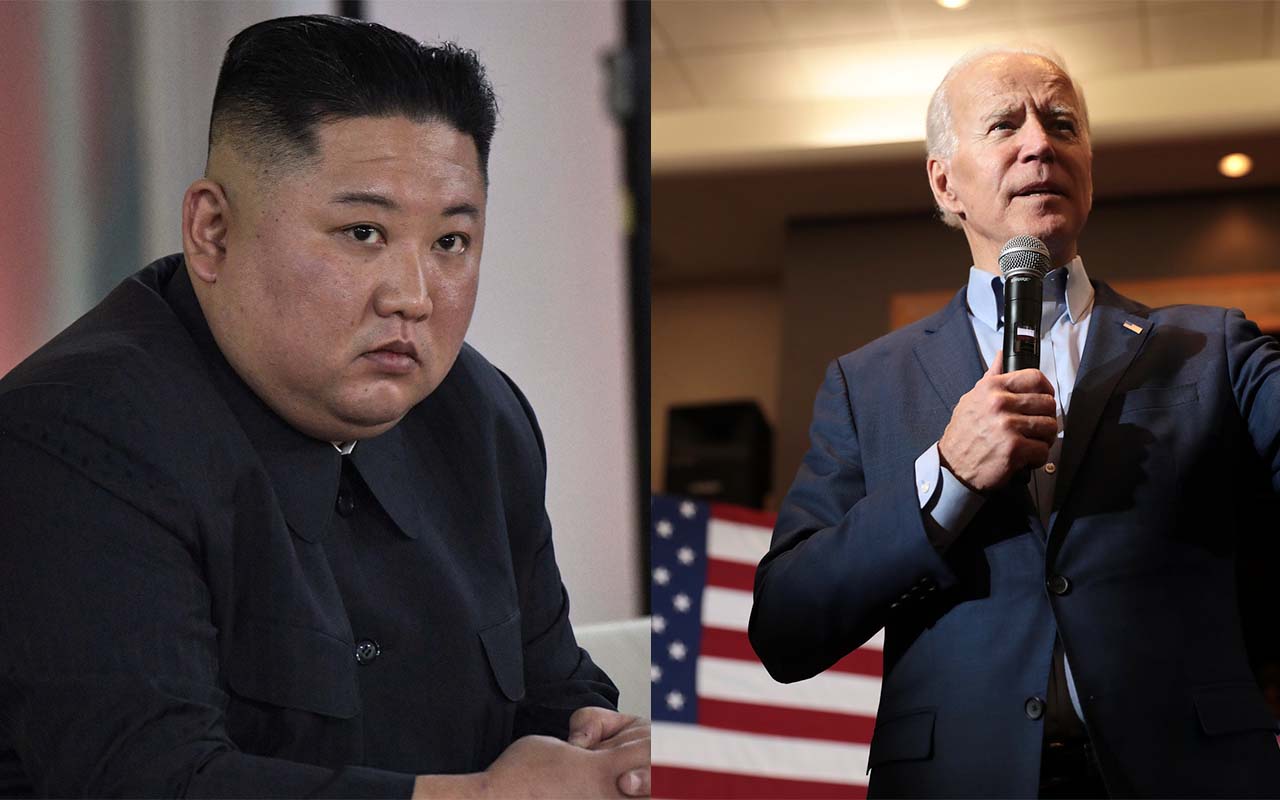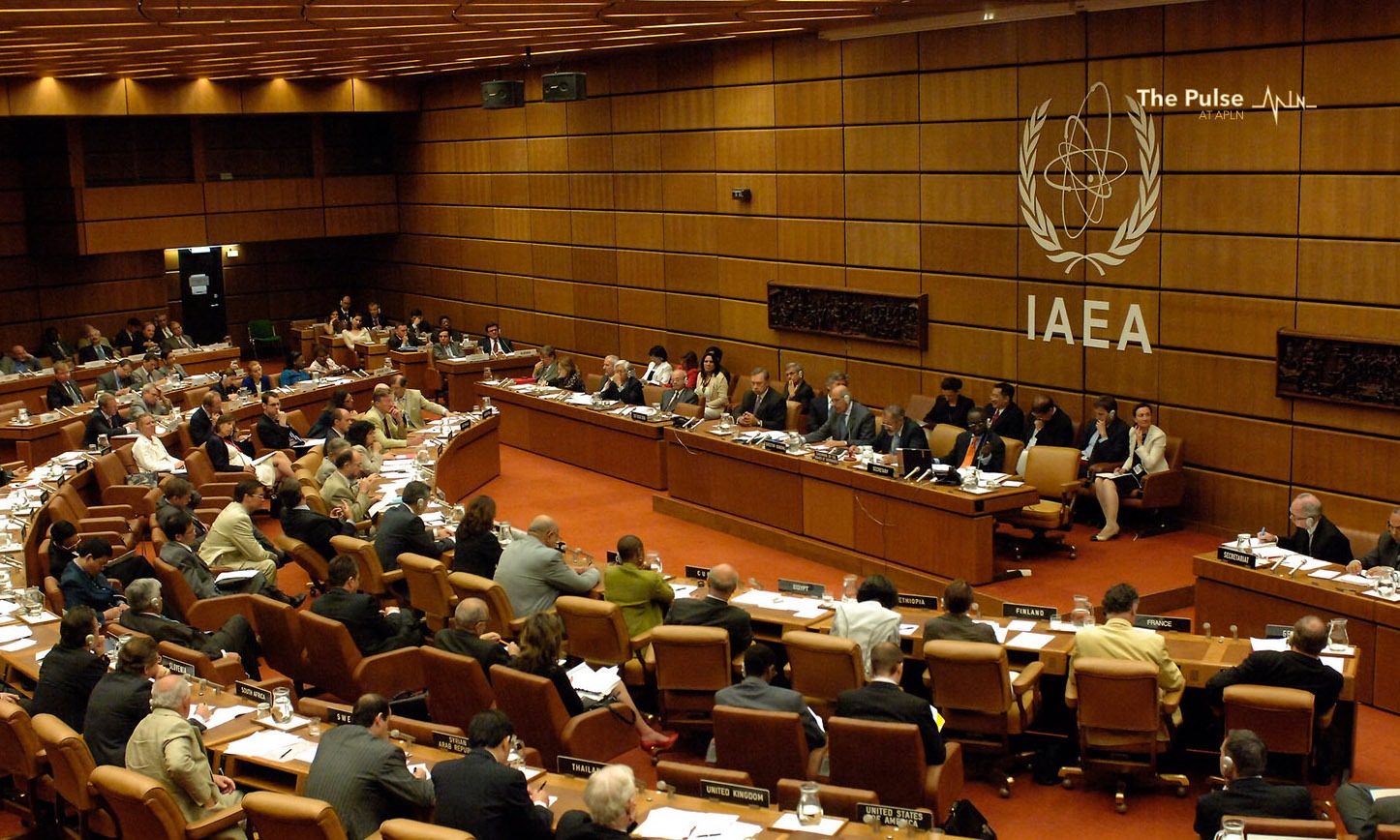A New Framework for Cooperative Threat Reduction with North Korea
2021 APLN and Korea Times Essay Contest, Honorable Mention
A New Framework for Cooperative Threat Reduction with North Korea
by Yoon-ki LEE
Nuclear negotiations between the United States and North Korea are at a stalemate and despite numerous high-stakes summits and diplomatic engagement in recent years, there has been no substantive breakthrough. Earlier this month, North Korea fired another round of short-range missiles into the sea in a recent streak of weapons tests accusing the U.S. of maintaining a ‘hostile policy’ towards Pyongyang. Hitherto U.S.-North Korean negotiations have typically revolved around debates over sanctions relief, denuclearization, and security guarantees. Whilst these talks will inevitably continue in the future, it is now time to bring something new to the equation and provide a framework that will revitalize diplomacy through a cooperative approach to denuclearization. Although the introduction of a cooperative threat reduction (CTR) approach alone will not address all of these issues, it could still serve as an effective mechanism to build trust. Against this backdrop, the Nunn-Lugar CTR program warrants a closer examination as some of its lessons and history can be applied to North Korea’s situation today.
Leading up to the historic 2018 North Korea–United States Singapore Summit, former U.S. Senators Sam Nunn and Richard Lugar penned an op-ed in The Washington Post revisiting some vital lessons from the 1991 Nunn-Lugar Cooperative Threat Reduction (CTR) program. As chief architects of the successful CTR program, they once again proposed the concept of ‘cooperative threat reduction’ for North Korea. Following the dissolution of the Soviet Union, the CTR program provided Russia, Belarus, Ukraine, and Kazakhstan with financial assistance and technical expertise for the dismantlement of nuclear weapons and other weapons of mass destruction (WMD).
Despite the fact that there are significant differences between North Korea in 2021 and the former Soviet Union in 1991, it is imperative to analyze some of the best practices and lessons learned from the CTR program because it can be adapted to the needs and realities of North Korea. The CTR program served as a de facto confidence-building measure and helped former Soviet Union states eliminate and secure nuclear, biological, and chemical weapons. Additionally, the United States provided funding to restore military hotlines, convert the Soviet Union’s military-industrial complex into peaceful civilian industries, and guarantee new employment for former Soviet nuclear scientists and engineers.
How could CTR incentivize North Korea? The first step is to convince North Korean elites that this would be good for them in the long term. The Nunn-Lugar CTR initiative helped to secure productive and meaningful scientific work for former Soviet scientists and engineers who were employed in the weapons complex which prevented the dissemination of their technical know-how and expertise. In a similar vein, North Korean elites and highly-skilled workers will want to maintain their job security and privilege as North Korea retains some of its civil nuclear capabilities. The transition to a peaceful civil nuclear program will help to redirect the existing nuclear-related workforce into productive employment while forgoing the need for major retraining programs which will be costly and time-consuming. Moreover, a cooperative process that ensures the conversion of weapons facilities to peaceful civilian industries will demonstrate that it is possible for North Korea to have a peaceful and prosperous future even in a post-nuclear weapons context.
Even if a deal for denuclearization is struck, North Korea will still want provisional nuclear power plants for domestic energy supply and will not completely abandon all of its nuclear capabilities. In addition, North Korea will seek to acquire light-water nuclear reactors (LWR) given the fact that its construction was suspended since the rise of the second North Korean nuclear crisis in 2002-2003. At the time, the Korean Peninsula Energy Development Organization (KEDO) was helping to construct two LWRs in Sinpo but the entire KEDO program came to a standstill after the second crisis.
Another potential area for CTR cooperation exists in alternative energy cooperation. North Korea relies heavily on hydroelectric power and coal/oil-fired thermal power for its electricity generation. However, hydropower is highly vulnerable to periods of low rainfall and recent droughts have led to severe power shortages. As a result, Pyongyang has increasingly turned to the domestic use of coal but this has exacerbated air pollution and environmental degradation. Therefore, as part of the CTR program, the U.S. and South Korea could modernize and upgrade these powerplants to meet the overall standards of carbon neutrality while providing other alternatives such as solar, wind, and tidal power which are ideal energy sources that can be harnessed on a large scale. For example, North Korean officials have shown great interest in building tidal power plants off the western coast of Haeju which could be a promising area for mutual cooperation.
Why has the CTR proposal for North Korea failed to gain traction? From South Korea’s perspective it is too premature to address it because of the lack of progress in nuclear negotiations with North Korea. Also, if the CTR proposal is made ahead of the denuclearization talks, this would severely undermine the negotiating position of the U.S. Hence, both the U.S. and South Korea have been skeptical of the proposal. Nonetheless, once presented in a new framework, the CTR program will be instrumental in expediting the process of denuclearization talks because it will provide concrete incentives to North Korea.
In closing, a new CTR framework will ultimately help to facilitate the dismantlement of nuclear weapons in North Korea in return for technical and economic assistance and alternative energy cooperation. Apart from bilateral discussions between the U.S. and North Korea, a broader multilateral diplomatic approach is needed in order to secure a peaceful and lasting outcome on the Korean peninsula. Any CTR effort with North Korea will require a broad base of support from key regional stakeholders such as South Korea, Japan, Russia, and China.
Image: APLN/iStock, Nathanael Gintig.




